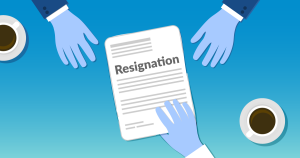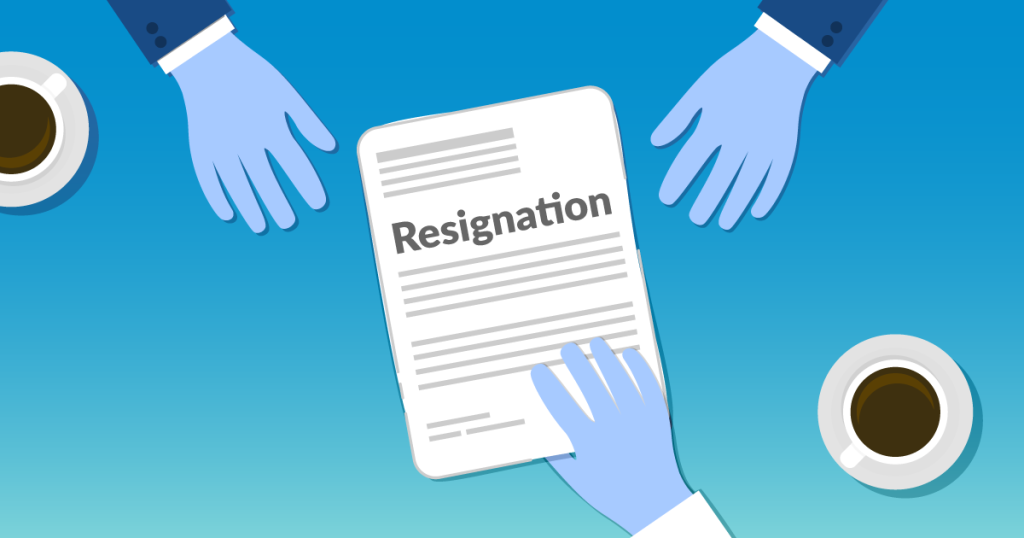
Submitting your resignation is a significant step in your career and should be done professionally to maintain positive relationships with your employer and colleagues. Here are the essential steps to follow:
1. Think About the Decision
-
Evaluate the Reasons: Before making your decision, carefully assess the reasons behind your resignation. Are they related to the work environment, lack of growth opportunities, or personal circumstances?
-
Consider the Future: Ensure you have a clear plan for what comes next—whether it’s finding a new job or shifting to a different career path.
2. Planning Your Resignation
-
Review Your Contract: Check your employment contract for resignation terms. Some companies require a specific notice period before departure.
-
Choose the Right Time: Try to time your resignation strategically, such as at the end of a project or during a quieter period at work.
3. Writing a Resignation Letter
-
Be Clear and Professional: Write a formal resignation letter that includes your last working day, a brief reason for your resignation, and words of appreciation for the opportunity.
-
Stay Positive: Avoid sharing negative feedback or complaints in the letter. Maintain a constructive and polite tone.
4. Submit Your Resignation in Person
-
Meet with Your Manager: If possible, resign in person. This shows professionalism and gives you the opportunity to explain your decision respectfully.
-
Be Honest and Respectful: Communicate clearly and respectfully. Explain your decision with honesty but without emotional language.
5. Preparing for Responses
-
Expect Questions: Your manager might ask about your reasons for leaving or if you’re open to returning in the future. Be ready to answer thoughtfully.
-
Offer Transition Support: Offer to help with the transition by training a replacement or completing pending tasks to leave on a good note.
6. Maintaining Positive Relationships
-
Stay Connected: Keep a good relationship with colleagues and your manager after you leave—they could be valuable references in the future.
-
Continue Networking: Stay in touch through LinkedIn or professional events to maintain your network.
Conclusion
Submitting your resignation professionally is key to ensuring a smooth transition and protecting your professional reputation. With thoughtful planning, a clear resignation letter, and respectful communication, you can leave your job on good terms and strengthen your career path.
You may want to read:
How To Resign From Your Job In The Most Professional Way
The top 5 strangest jobs in the world: Unbelievable job opportunities
The Importance of Professional Translation for Resumes in 7 Points
Why a Strong Cover Letter Is Still Essential in 2024
Unconventional Resumes: How to Stand Out in the Job Market
